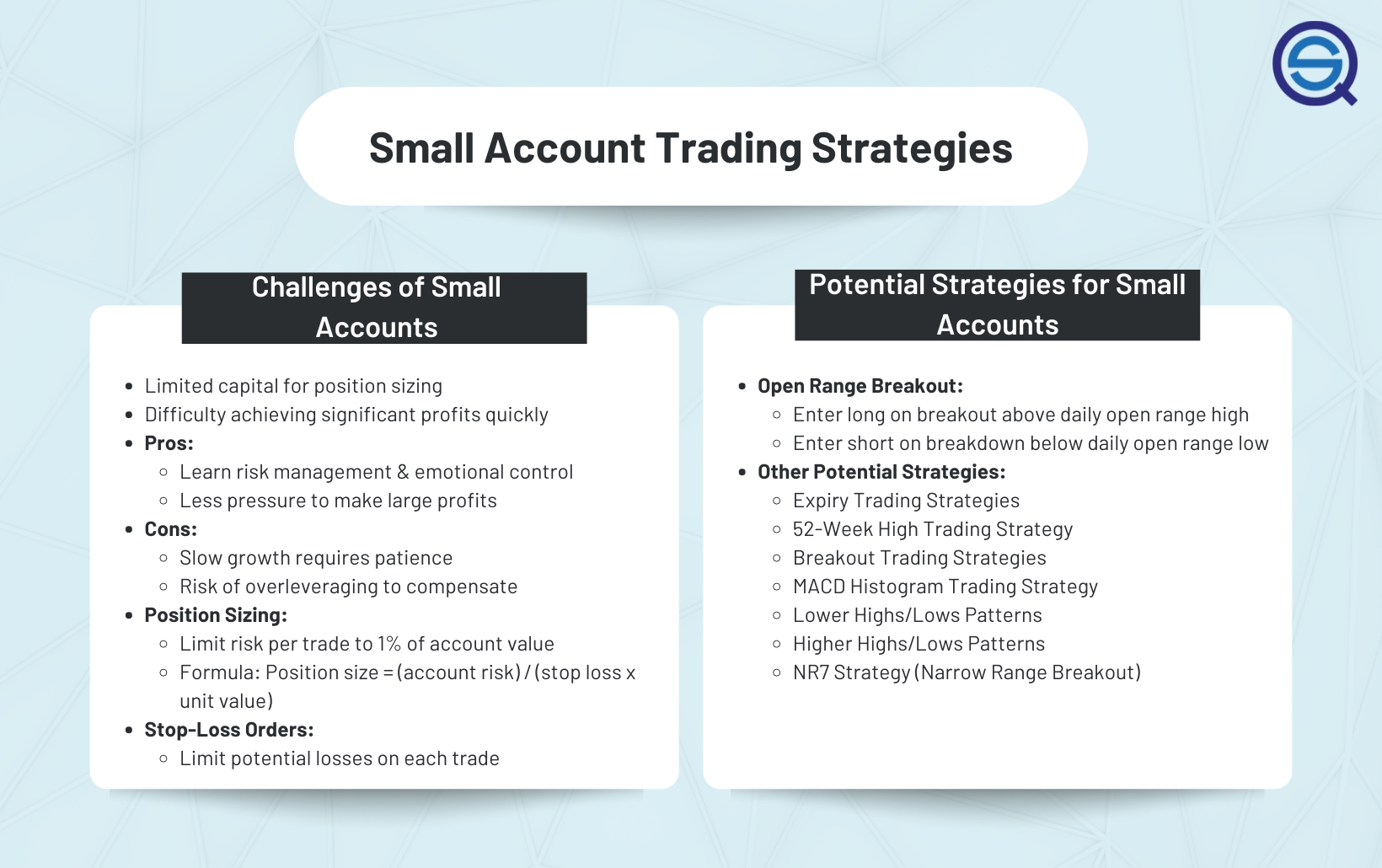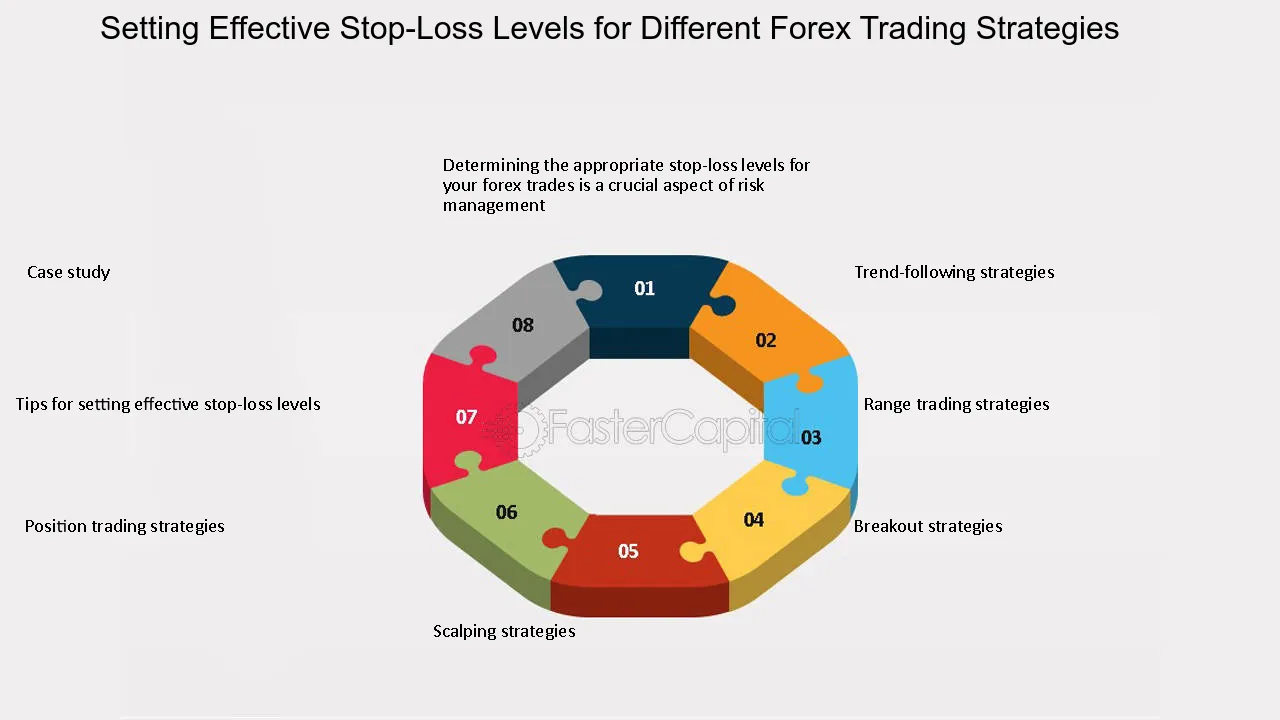Did you know that even the most seasoned traders can sometimes miss the obvious, like forgetting to wear pants during a video call? In the world of breakout trading, common mistakes can be just as embarrassing and costly. This article dives into the most frequent pitfalls traders face, from poor risk management to the psychological challenges that can derail success. We’ll explore why confirming breakouts is essential, the role of market volatility, and how neglecting a solid trading plan can lead to disaster. Additionally, we’ll discuss the impact of emotional trading and the importance of timing, technical indicators, and volume. By understanding these missteps and how to handle false breakouts, you can refine your strategy and improve your trading techniques with insights from DayTradingBusiness.
What are the most common mistakes in breakout trading?
1. Entering too early: Traders often jump in before a breakout confirms, leading to false signals.
2. Ignoring volume: A breakout without sufficient volume can indicate weakness, increasing the risk of a reversal.
3. Lack of a stop-loss: Failing to set a stop-loss can result in significant losses if the trade goes against you.
4. Overtrading: Taking too many breakout trades can dilute focus and lead to poor decision-making.
5. Not adjusting for volatility: Failing to account for market volatility can lead to missed opportunities or losses.
6. Chasing price: Entering a trade after a significant move can increase risk, as it may be due for a pullback.
7. Neglecting market context: Ignoring broader market trends can lead to trading breakouts in unfavorable conditions.
8. Setting unrealistic profit targets: Expecting too much too soon can lead to frustration and premature exits.
How can poor risk management affect breakout trading?
Poor risk management can lead to significant losses in breakout trading. Without proper stop-loss orders, traders may hold onto losing positions, amplifying their losses. Failing to size positions correctly can result in overexposure, risking too much capital on a single trade. Additionally, neglecting to diversify can make a trader vulnerable if a breakout fails. This can cause emotional decision-making, leading to chasing losses or exiting winning trades too early. Ultimately, inadequate risk management can turn potential profits into devastating losses in breakout strategies.
Why do traders fail to confirm breakouts before entering?
Traders often fail to confirm breakouts before entering due to impatience, fear of missing out (FOMO), and reliance on unverified signals. They might jump in too early, driven by excitement or a strong price movement, without waiting for confirmation like volume spikes or a close above resistance. This lack of confirmation can lead to false breakouts and losses. Additionally, some traders may not have a clear strategy or risk management plan, further increasing the likelihood of entering on unverified breakouts.
What role does market volatility play in breakout trading errors?
Market volatility can lead to breakout trading errors by causing false breakouts, where prices spike but quickly reverse. Traders may enter positions too early during high volatility, mistaking noise for a genuine move. This can result in premature exits or losses. Additionally, sudden price swings can trigger stop-loss orders, amplifying losses. Effective breakout trading requires recognizing genuine trends amidst volatility to avoid these common mistakes.
How does lack of a trading plan lead to breakout trading mistakes?

A lack of a trading plan can lead to breakout trading mistakes by causing impulsive decisions without clear criteria. Traders may chase breakouts based on emotions rather than analysis, resulting in missed opportunities or entering positions too late. Without defined entry and exit points, it's easy to get caught in false breakouts, leading to unnecessary losses. Additionally, not setting risk management rules can amplify losses when a breakout fails. A solid trading plan helps maintain discipline and reduces the likelihood of these common pitfalls.
What are the psychological pitfalls in breakout trading?
Psychological pitfalls in breakout trading include overconfidence, where traders believe they can predict price movements too easily, leading to impulsive decisions. Fear of missing out (FOMO) can cause them to enter trades late, increasing risk. Confirmation bias may lead traders to ignore warning signs that contradict their initial analysis. Additionally, emotional reactions to losses can trigger revenge trading, causing further losses. Lastly, the tendency to hold onto losing positions in hope of a reversal can result in significant drawdowns.
How can overtrading impact breakout trading success?
Overtrading can severely undermine breakout trading success by leading to poor decision-making and increased transaction costs. When traders excessively enter and exit positions, they may miss key breakouts due to emotional reactions rather than strategy. This can result in chasing losses, over-leveraging, and ultimately eroding profits. Additionally, overtrading can create a lack of focus on quality setups, causing traders to ignore critical market signals that indicate genuine breakouts.
What Are the Common Mistakes in Day Trading Breakout Strategies?
Common mistakes in breakout trading include entering too late after the breakout has occurred, failing to set stop-loss orders, ignoring volume confirmation, trading against the trend, and not having a clear exit strategy.
Learn more about: What Are Day Trading Breakout Strategies?
Why is timing crucial in breakout trading mistakes?
Timing is crucial in breakout trading because entering too early can lead to false breakouts, resulting in losses. Conversely, entering too late can miss the optimal profit window. Additionally, poor timing may cause traders to ignore crucial market signals, leading to emotional decisions and increased risk. Proper timing helps capture momentum, align with market trends, and enhance the probability of successful trades.
How should traders handle false breakouts effectively?
Traders should manage false breakouts by implementing a few key strategies. First, use stop-loss orders just outside the breakout level to limit losses. Second, confirm breakouts with additional indicators, like volume spikes or momentum oscillators, to validate the move. Third, avoid entering trades too early; wait for a candle close above or below the breakout point. Lastly, consider scaling into positions rather than committing fully at once, allowing for adjustments based on market behavior.
What technical indicators are commonly misused in breakout trading?

Commonly misused technical indicators in breakout trading include:
1. Moving Averages: Traders often rely too heavily on them without considering market context, leading to false signals.
2. Relative Strength Index (RSI): Misinterpretation of overbought or oversold levels can result in missed breakout opportunities.
3. Bollinger Bands: Traders may mistake price touching the bands as a breakout signal rather than waiting for confirmation.
4. Volume Indicators: Ignoring volume trends can lead to false breakouts; high volume is necessary for confirmation.
5. MACD: Relying solely on MACD crossovers can mislead traders if they don’t factor in market momentum.
Avoid these pitfalls by using indicators in conjunction with price action and market analysis.
How can ignoring volume lead to breakout trading failures?
Ignoring volume can lead to breakout trading failures because low volume often signals weak momentum. Without sufficient volume, a price move might not be sustainable, increasing the risk of false breakouts. Traders may enter positions only to see the price quickly reverse, resulting in losses. For successful breakout trading, always consider volume to confirm the strength of a price movement.
What are the effects of emotional trading on breakout strategies?
Emotional trading can significantly hinder breakout strategies. Traders who let emotions dictate their decisions may enter or exit positions too early, missing potential profits. Fear can lead to hesitation during a breakout, while greed may cause them to hold too long, risking losses. Overreacting to market fluctuations can result in impulsive trades, disrupting the planned strategy. Additionally, emotional biases can prevent traders from adhering to their risk management rules, increasing the likelihood of significant losses. Effective breakout trading relies on discipline and a clear strategy, making emotional control essential for success.
Why do many traders neglect stop-loss orders in breakout trading?

Many traders neglect stop-loss orders in breakout trading due to overconfidence in their analysis, believing the breakout will lead to significant gains. They often focus on potential profits rather than risk management. Some also feel that setting a stop-loss might limit their profits if the price retraces briefly before continuing upward. Additionally, traders may lack discipline or experience, leading them to ignore the necessity of protecting their capital. This oversight can result in significant losses when the breakout fails.
How can misunderstanding chart patterns result in mistakes?
Misunderstanding chart patterns can lead to several mistakes in breakout trading. For instance, misinterpreting a consolidation phase might cause a trader to enter a position too early, missing the actual breakout. Confusing a false breakout with a genuine one can result in unnecessary losses. Additionally, failing to recognize trend reversals might prompt a trader to hold onto a losing position longer than necessary. Ultimately, these misunderstandings can lead to poor entry and exit decisions, negatively impacting overall trading performance.
What impact does news and events have on breakout trading errors?
News and events can significantly trigger breakout trading errors by causing sudden volatility. Traders often react impulsively to news, leading to premature entries or exits. Misinterpreting events can result in chasing false breakouts or failing to recognize valid signals. Additionally, lack of a solid plan during high-impact news can amplify mistakes, as traders may ignore their strategies in favor of emotional decisions. Staying informed is crucial, but relying solely on news without proper analysis can lead to costly errors in breakout trading.
How can traders improve their breakout trading techniques?
Traders can improve their breakout trading techniques by avoiding these common mistakes:
1. Ignoring Volume: Ensure there’s strong volume accompanying breakouts to confirm the move. Low volume can indicate false breakouts.
2. Entering Too Early: Wait for a clear breakout above resistance or below support before entering. Premature entries can lead to losses.
3. Setting Tight Stops: Avoid placing stops too close to the breakout point. Allow for some volatility to prevent getting stopped out unnecessarily.
4. Neglecting Market Conditions: Be aware of overall market trends and news that could impact price movements. Trading against prevailing trends increases risk.
5. Overtrading: Don’t force trades. Stick to your strategy and only trade when setups meet your criteria.
6. Failing to Manage Risk: Use proper risk management techniques, like position sizing, to protect your capital.
7. Ignoring Profit Targets: Establish clear profit targets to avoid letting winning trades turn into losses.
By addressing these mistakes, traders can enhance their breakout trading effectiveness.
Conclusion about Common Mistakes in Breakout Trading
In breakout trading, avoiding common mistakes is essential for achieving consistent success. Traders must prioritize effective risk management, confirm breakouts before entering positions, and develop a solid trading plan to navigate market volatility. Understanding the psychological aspects and timing of trades, as well as properly utilizing technical indicators and volume, can significantly improve outcomes. Additionally, recognizing the impact of news events and emotional trading is crucial. By addressing these pitfalls, traders can enhance their strategies and increase the likelihood of profitable breakouts. For more insights and strategies, DayTradingBusiness is here to help you refine your approach.
Sources:
- A Survey of Large Language Models for Financial Applications ...
- Strong phosphorus (P)-zinc (Zn) interactions in a calcareous soil ...
- Trading and Capital-Markets Activities Manual | Federal Reserve ...
- Artificial Intelligence and the Modern Productivity Paradox: A Clash ...
- The impact of COVID-19 on the valuations of non-financial ...
- The economics of small business finance: The roles of private equity ...